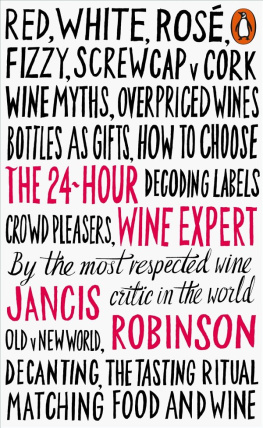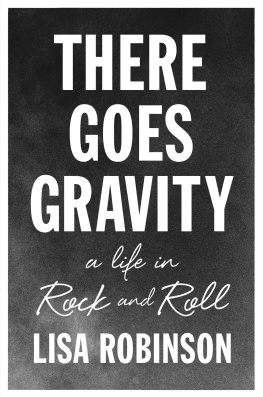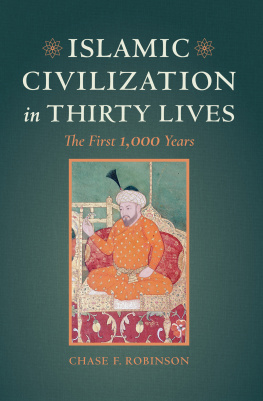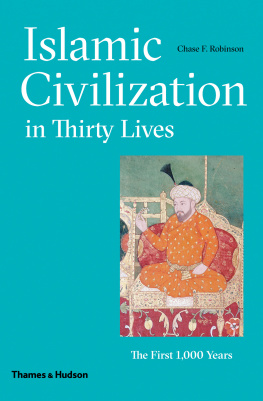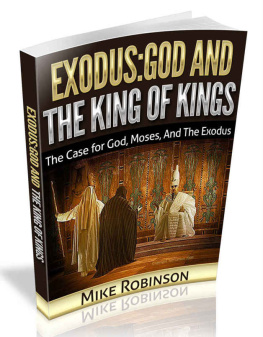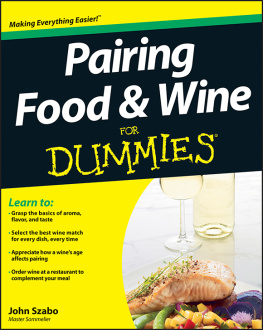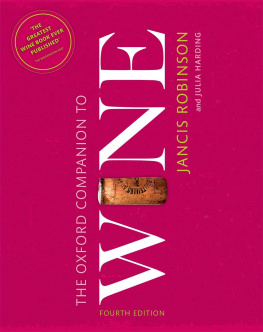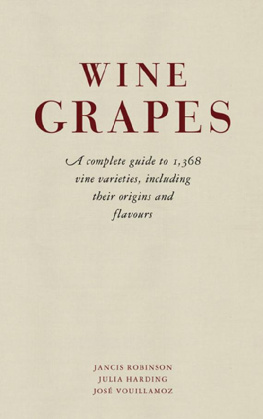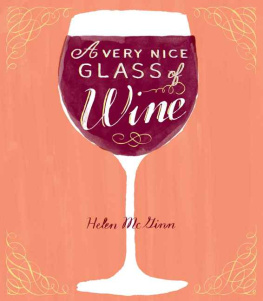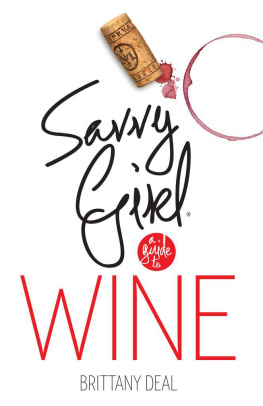Jancis Robinson
THE 24-HOUR WINE EXPERT
For Rose,
who inspired, encouraged and guided this book
Welcome
Ive been writing about wine for forty years, but every day I learn something new. So Im not surprised to find that many people find the subject of wine a bit daunting. The aim of this book is to share my knowledge with you and make you a self-confident wine expert in 24 hours by stripping away the non-essentials and concentrating on what really matters.
The best way to absorb all the information in this book is with friends, perhaps over a weekend or on several evenings, and with as many different wines as you can assemble. The more comparisons you can make, the more you will learn. Throughout the book I suggest useful tasting exercises your group may like to undertake, with everyone bringing one or two bottles of the wines proposed. Make sure you have some food to hand not only for the sake of enjoyment, and for learning which combinations of food and wine work, but also to temper the effects of the alcohol. You wont become an expert if you cant remember anything
A standard bottle contains 75 cl of wine six generous glasses, eight perfectly respectable ones and up to twenty tasting samples so you could form quite a large tasting group. For any unfinished.
If you dont want to organize a wine tasting, use this book to answer your questions about wine as they arise. I suggest, for instance, what sort of wine glasses are likely to give you the most pleasure, how to choose a bottle from a shelf or wine list, whether and how to match wine and food, how to decode a wine label, and how to learn the essentials of wine as quickly and easily as possible.
This book was inspired by someone elses brilliant idea. Hubrecht Duijker is the best-known Dutch wine writer, and one of the more popular of his 117 books is called Wine Expert in a Weekend, in Dutch.
All these words and the structure of the book are mine rather than Hubrechts. But both of us are hugely conscious of the fact that, because wine is now one of the most popular drinks in the world, many, many wine drinkers want to know more about it without devoting the time and money needed to understand every minute detail and becoming wine professionals. I hope that by sharing my knowledge I can help you get the most out of every glass and bottle.
Jancis Robinson
Some Simple Explanations
What is wine?
My take : wine is the most delicious, stimulating, varied and infuriatingly complicated drink in the world. It cheers you up, makes your friends seem friendlier, and tastes great with food.
The official EU definition : wine is the alcoholic beverage obtained from the fermentation of the juice of freshly gathered grapes, the fermentation taking place in the district of origin according to local tradition and practice.
How is wine made?
Fermentation is the key. Under the action of yeast, many sugars can be fermented into alcohol and carbon dioxide. Apple juice can be transformed into cider. Malted cereals can become beer. Even leftover jam can start to ferment.
Grape juice becomes alcoholic when the sugar in ripe grapes is transformed into alcohol and carbon dioxide in the presence of yeast, either the so-called ambient, wild or indigenous yeasts that are present in the atmosphere, or more predictable specially cultured and selected commercial yeasts.
As grapes ripen they gain sugar and lose acidity (and become less hard and less green). The riper the grapes, the more sugars are available to ferment into alcohol and the stronger the resulting wine, unless fermentation is stopped early and some sugar is deliberately left in the wine to make it taste sweeter.
Hotter climates tend to produce grapes with lower acidity and more sugar, which, if the fermentation is completed, will produce wines that are stronger than those from cooler regions. So, the hotter the summer, the riper the grapes and, usually, the stronger the wine. This is why wines made far from the equator tend to be lighter in alcohol. Wines from Puglia on the heel of Italy, for example, are much more potent than those produced in the far north of Italy, while the fledgling (but fast-improving) English wine industry makes wines notably high in acidity.
Once fermentation has transformed sweet grape juice into the alcoholic liquid we call wine, it may be aged before bottlingespecially if it is a complex, age-worthy red. Fruity, aromatic whites are often bottled only a few months after fermentation to preserve the fruit and aroma, but more serious wines may well be aged for a further year or two before bottling to marry their different components, most often in containers of various sizes and ages made of oak, a wood that has a particular affinity with wine. The newer and smaller the cask, the more oak flavour will be absorbed by the wine. The fashion today is to minimize obvious oakiness, so older, larger oak containers, or even neutral ones made of concrete, are increasingly common. Easy-to-clean stainless steel tanks are most commonly used for wines designed to be drunk young.
Red, white or ros?
Red The flesh of virtually all grapes is greenish-grey; it is the skin of the grape that determines the colour of the wine. Grapes with yellow or green skins cannot make red wine. Wine is red only if dark-skinned grapes are used to make the juice that becomes wine (known as the must). The thicker the grape skins and the longer the juice or must is kept in contact with them, the deeper the colour of the red wine that results.
Ros Most ros is made pink by leaving the juice in contact with dark grape skins for only a few hours. Ros is sometimes made from a mix of pale- and dark-skinned grapes, and occasionally from a blend of already fermented white wine with some red. This is an increasingly respectable wine category, and ros is now drunk throughout the year rather than only in summer.
White Pale-skinned grapes can only make white wine, although with very careful handling, avoiding contact with the skins, its possible to make a white wine from dark-skinned grapes. This is sometimes called a Blanc de Noirs, notably in Champagne. Some white wines are made orange by being left in contact with the skins.
Whats in a name?
Traditionally, wine was called after its place of origin, its so-called appellation: Chablis, Burgundy, Bordeaux, and so on. But from the mid twentieth century, when new wine regions outside Europe were establishing themselves, more and more wines came to be labelled not geographically but varietally, with the name of for my guide to the most important wine regions, in which I spell out which grapes grow where.
Choosing the Right Bottle
How to choose wine from a retailer
Surveying the vast range of wine bottles available from most retailers, whether on a shelf or online, can be disconcerting. I give ten tips in the table impossible to guide someone to a specific bottle without knowing each individuals personal preferences and without being there with them. In all that I write, I see my key role as giving wine drinkers enough of the right sort of information for them to make educated choices.

